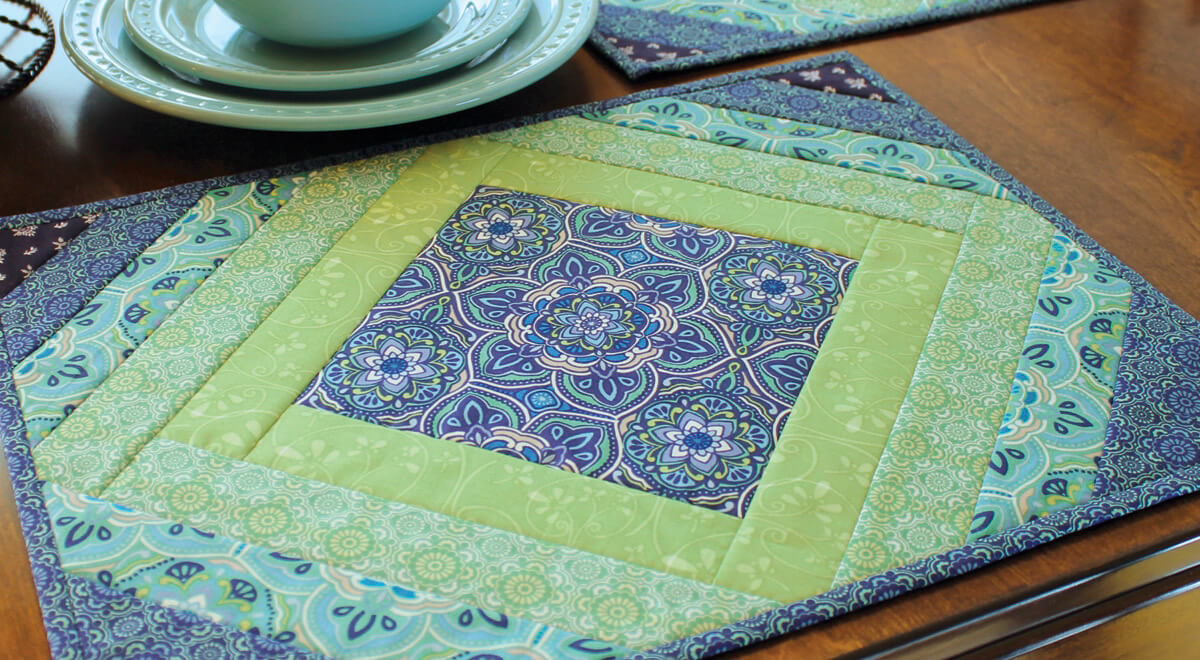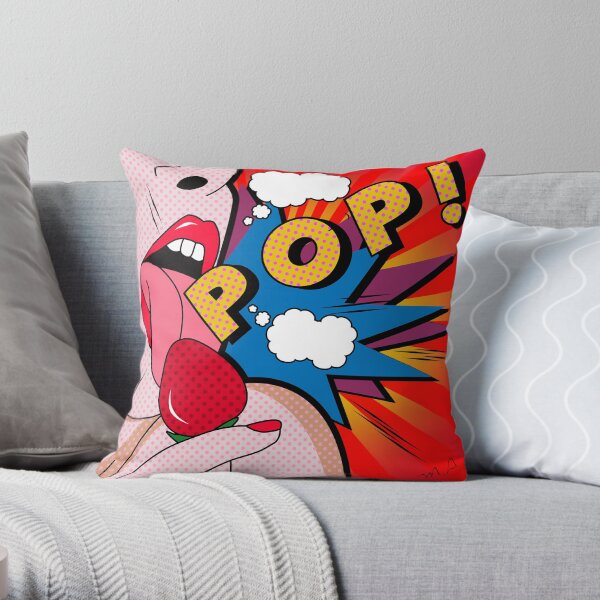About Unique Art
About Unique Art
Blog Article
Unique Art for Beginners
Table of ContentsThe Definitive Guide to Unique Art4 Easy Facts About Unique Art ExplainedNot known Facts About Unique ArtSome Known Details About Unique Art
While one may debate which art type holds priority, the reality continues to be that each of these seven types gives an one-of-a-kind home window into human background, culture, and advancement. They are the tapestries that chronicle our journey, reminding us of our past while inspiring visions for the future.Terrific artwork narrates, makes individuals look two times, and creates a special experience that can not be matched. Art and illustrations communicate every one of that via color, shape and other style components. Find out just how to make your unique art work stand out from the crowd.
3 Emil DervishIn this entranceway by Emil Dervish that lovely cobalt blue door takes the program. To bring much more drama, he extended the paint. to the doorframe and the wall up, completing in an arched form. The curves, in addition to a round sconce, soften the sides - Unique Art. Then frameworks classic posters and maps of precious areas established the scene.
8 TRIA GIOVANEqual parts grand and laidback, this foyer designed by Anthony Baratta is the excellent plan to adhere to if you're enhancing an official entryway that still feels unfussy and comfortable. Patterned fabrics take facility phase (see the carpets and the sofa), yet they additionally assist bring the high ceilings to a human scale when hung over wallpaper.
All About Unique Art
18 Heidi Caillier DesignA gallery wall surface does not require to take up the whole space. Often a small one can make a bigger style statement. In this living space, Hiedi Caillier chose for micro-mini frameworks and a random make-up.
, the expression of ideas and feelings, with the development of particular aesthetic high qualities, in a two-dimensional aesthetic language. The elements of this languageits forms, lines, colours, tones, and texturesare made use of in various methods to generate feelings of volume, area, movement, and light on a flat surface. These elements are integrated right into expressive patterns in order to stand for genuine or mythological phenomena, to translate a narrative motif, or to develop completely abstract aesthetic connections.
Later the notion of the "fine musician" developed in Asia and Renaissance Europe. During the 19th century painters in Western societies began to lose their social placement and secure patronage.
9 Simple Techniques For Unique Art
Others made a revenue via exploring exhibitions of their job. The demand to appeal to a market had actually replaced the comparable (if much less impersonal) demands of patronage, and its result on the art itself was possibly comparable. Normally, artists in the 20th century can reach an audience just via business galleries and public museums, although their work might have been periodically reproduced in art regulars
For the history of paint in ancient Egypt, see Egyptian art and architecture. The growth of painting in different regions is treated in a variety of write-ups: Western painting; African art; Main Oriental arts; Chinese paint; Islamic arts; Japanese art; Oriental art; Native American art; Oceanic art and architecture; South Eastern arts; Southeast Asian arts. For Find Out More a conversation of the bogus of masterpieces, see forgery. For a conversation of the role of paint and various other arts in faith, along with of using religious signs in art, see spiritual meaning and iconography. For info on other arts associated to paint, see posts such as drawing; individual art; printmaking. It is the feeling of inevitability in this formal organization that offers an excellent paint its self-sufficiency and visibility. The colours and positioning of the major pictures in a layout might be in some cases mostly determined by representational and symbolic factors to consider. Yet it is the official interplay of colours and forms that alone is capable of communicating a certain state of mind, generating optical sensations of area, volume, motion, and light and producing forces of both harmony and tension, even when a paint's narrative meaning is rare.
Don't duplicate the design of various other musicians if you're attempting to find your style. Duplicating various other people's artwork can be terrific in instructional objectives but it will not make you closer to finding your own one-of-a-kind style. Your artistic style has to be, what you such as and what influences you.

Things about Unique Art
You need to attempt whole lots of various alternatives and explore everything before you can concentrate on one certain design or you'll be burnt out, or even worse, you'll hate your own design. I recommend you to try every single topic that you're interested in, check out as much as you can. Attempt various mediums that thrill you and brand-new techniques you've never attempted before.
With time you'll be able to sort all of them right into your favorite and the very least favored groups. Attempt to concentrate your focus on the subjects and mediums that you like and before you see it coming you'll have your own personal and unique style, like nobody else have! So in the end you'll have a couple of preferred subjects to repaint and maybe a couple of preferred mediums.

Report this page